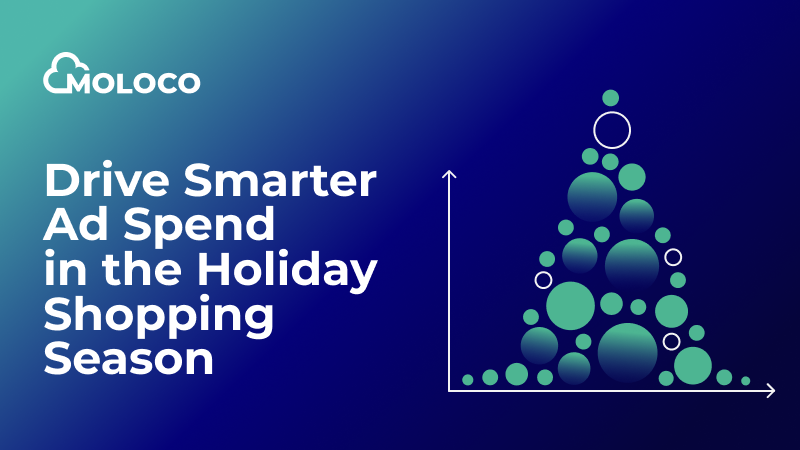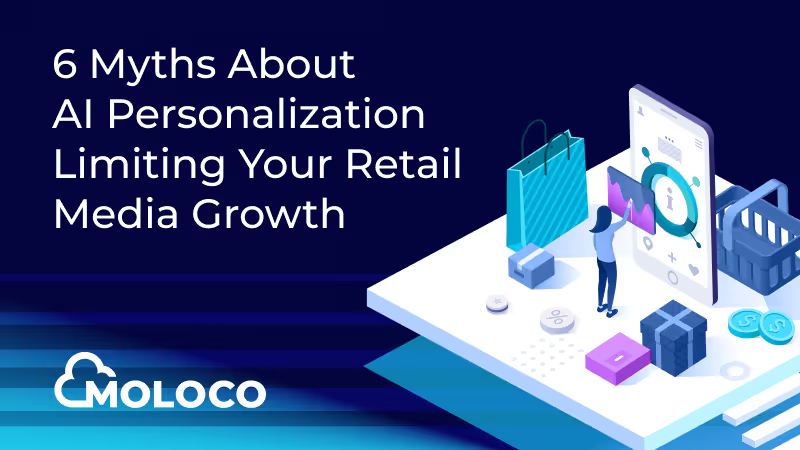Blog Article
When it comes to food delivery marketplaces, the ads game is unique. These platforms operate in a fast-paced, transactional environment, making it essential to tailor advertising systems and machine learning models to this specific vertical.
Let’s explore the intricacies of optimizing sponsored ad performance for food delivery marketplaces.
Food delivery apps are inherently different from general e-commerce platforms. Users flock to these apps with a clear purpose — to order food. Unlike e-commerce, where users might leisurely browse and discover products over an extended period, food delivery users want to make quick, guided decisions. They often seek to satisfy their immediate cravings, be it lunch, dinner, or an impromptu snack.
This distinctive user behavior highlights the need for precision in ad targeting. In the fast-paced world of food delivery, understanding and predicting user preferences and actions become paramount. This is where the right machine learning models come into play.
To build an effective sponsored advertising system for food delivery, you must leverage vertical-specific, unique first-party data. Data points like delivery time, delivery fee, and distance are strong signals to improve the precision of Click-Through Rate (CTR) and Conversion Rate (CVR) predictions, which are critical factors in accurate pricing that can yield maximum ad revenue in performance-based advertising products.
For example, suppose a user is browsing an app during the lunch rush. In that case, the advertising system should prioritize showing ads from restaurants that can deliver quickly within the user's chosen distance. On the other hand, if a user is exploring dinner options, the system should present ads that match their preferences while accounting for slightly longer delivery times. The ability to fine-tune these recommendations is where machine learning shines.
Local restaurants are at the heart of food delivery advertising, with a primary focus on driving transaction volume instead of building brand and awareness. A sponsored ad system for these establishments must be 'dead-simple' and low-risk, aligning with their goal of increasing order volume. Restaurant owners should not be bothered to learn complex ad industry jargons like keywords, bids, ads, budgets, etc. They mainly want to cook and feed patrons delicious dishes profitably, and would be open to paying a percentage of a sale that fits their profit margins.
In this context, a 'pay-per-order' model is a game-changer.
Restaurant owners pay when the advertising results in a successful order and is often structured as a percentage of the order's total value, such as 10%. By adopting a pay-per-order approach, the optimization function of the advertising system aligns perfectly with the restaurant owners' objectives and helps the platform maximize its ad business.
One of the key advantages of the pay-per-order model is its ability to activate advertisers at scale. Food delivery marketplaces can onboard tens of thousands of local restaurants and eateries as advertisers. The high number of advertisers in the system offers several benefits:
Optimizing sponsored ad performance for food delivery marketplaces is a unique challenge that requires a deep understanding of user behavior, leveraging vertical-specific data, and building business models that fit the needs of local restaurants. The pay-per-order model is a win-win for all parties involved, aligning incentives and driving business growth.
Machine learning plays a pivotal role in this ecosystem, enabling precise ad targeting, personalization, and optimization. By acknowledging the distinct characteristics of the food delivery vertical and embracing innovative models, such as pay-per-order, businesses can unlock the full potential of their advertising efforts in this fast-paced and competitive market.
Reach out if you’d like to learn more about how to implement these strategies successfully.
 🚀 Moloco Commerce Media Helps eCommerce Capture the Holiday Traffic Surge 🎁
🚀 Moloco Commerce Media Helps eCommerce Capture the Holiday Traffic Surge 🎁The holiday shopping season brings a massive surge of high-intent traffic to e-commerce platforms. While this spike offers incredible opportunity, many advertising systems are too slow and static to capitalize fully on the fast-changing shopper behavior.

.avif) Beyond Last-Click: How We Prove Incremental ROAS in Retail Media
Beyond Last-Click: How We Prove Incremental ROAS in Retail MediaGhost bidding reveals true retail media ROI. See how AI-native incrementality testing delivers proven results from 253% to 1,609% incremental ROAS.

 6 Myths About AI Personalization Limiting Your Retail Media Growth
6 Myths About AI Personalization Limiting Your Retail Media GrowthDiscover the truth behind 6 AI personalization myths that are holding back your retail media growth - and how to maximize your performance.

.avif) The Commerce Media Ecosystem: Where Data, AI, and Ecommerce Shopping Converge
The Commerce Media Ecosystem: Where Data, AI, and Ecommerce Shopping ConvergeEverything you want to know about the Commerce Media Ecosystem. Learn how first-party data and AI is used to drive growth for suppliers, digital retailers, and consumers.

